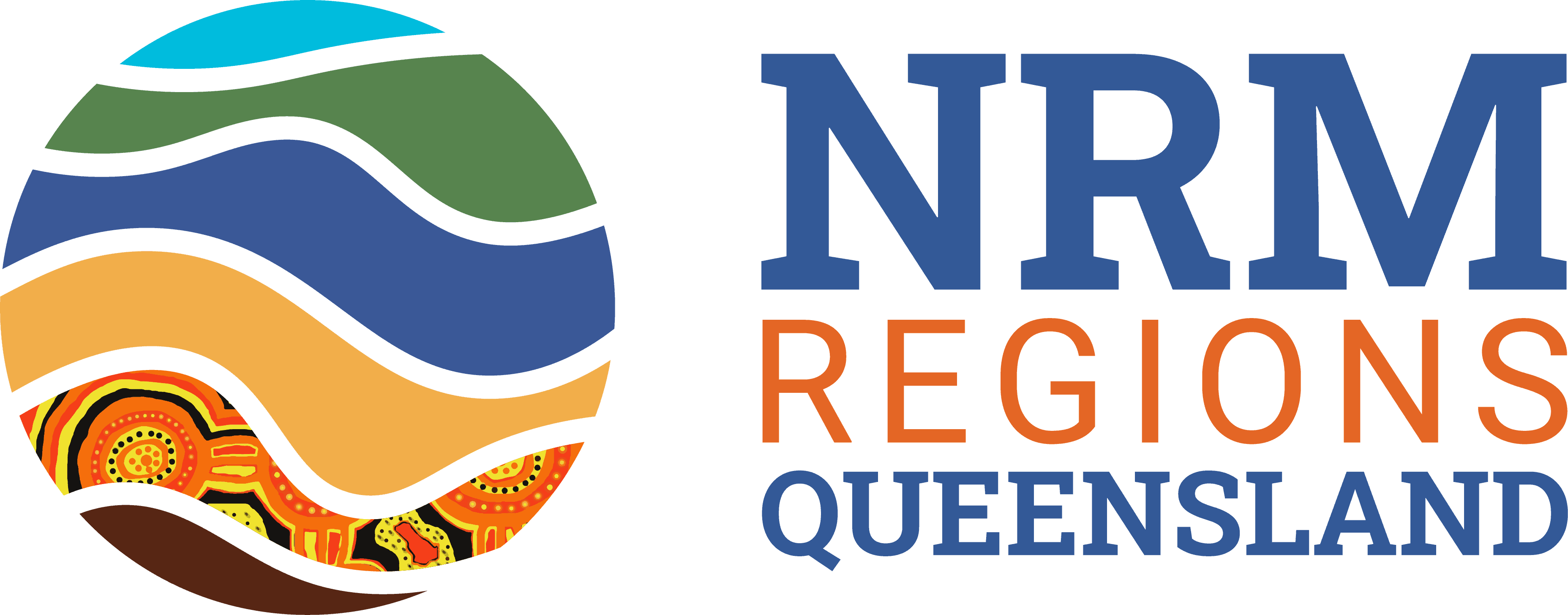After the community, the natural capital of the Burnett Mary region is arguably its most valuable asset, underpinning the tourism economy and a thriving agricultural sector – known for its prime agricultural land, well-managed water resources and innovative farming and fishing practices.
Climate change is forcing the world economy to decarbonise, and governments, private enterprise and investors are looking to invest in the ecosystems that sustain us. To facilitate that investment in natural assets, we must first place a value on them, but we can’t value assets until we know what they are, where they are and, how much there is.
In 2022, the regional NRM organisation for the region – the Burnett Mary Regional Group – developed the Burnett Mary Region Environmental Account to answer these questions. The Account utilises the Accounting for Nature framework and covers an area larger than the Netherlands (5.6 million hectares). It is a stocktake of the region’s natural assets, such as vegetation cover, plants and animals – and their health.
The data collected through this process revealed the region’s rich biodiversity and the effectiveness of conservation efforts, with results indicating large intact landscapes and robust wildlife populations. This Environmental Account not only highlights the current state of the region’s natural capital but also sets a benchmark for future ecological and economic planning, enabling BMRG to collaborate with partners to deliver measurable environmental interventions across the Burnett Mary region.
The Value of Environmental Accounting
The primary value of environmental accounting lies in its ability to make the invisible aspects of nature visible within economic frameworks. This integration helps in:
- Resource Management: By assigning economic value to natural resources, stakeholders can manage them more effectively and sustainably.
- Policy Development: It supports policymakers in creating targeted environmental regulations that promote sustainable practices.
- Risk Management: Identifies environmental risks and provides strategies to mitigate them, thereby protecting biodiversity and ensuring ecosystem resilience.
- Investment: Encourages investment in natural capital, fostering initiatives that enhance environmental outcomes.
The Burnett Mary Environmental Account:
- baselines data on environmental assets and an understanding of asset condition trends;
- informs natural resource management investment and funding strategies for the region;
- facilitates access to emerging environmental markets; and
- provides transparency and accountability in environmental interventions.
More information is available here: https://www.bmrg.org.au/regional-environmental-account.
